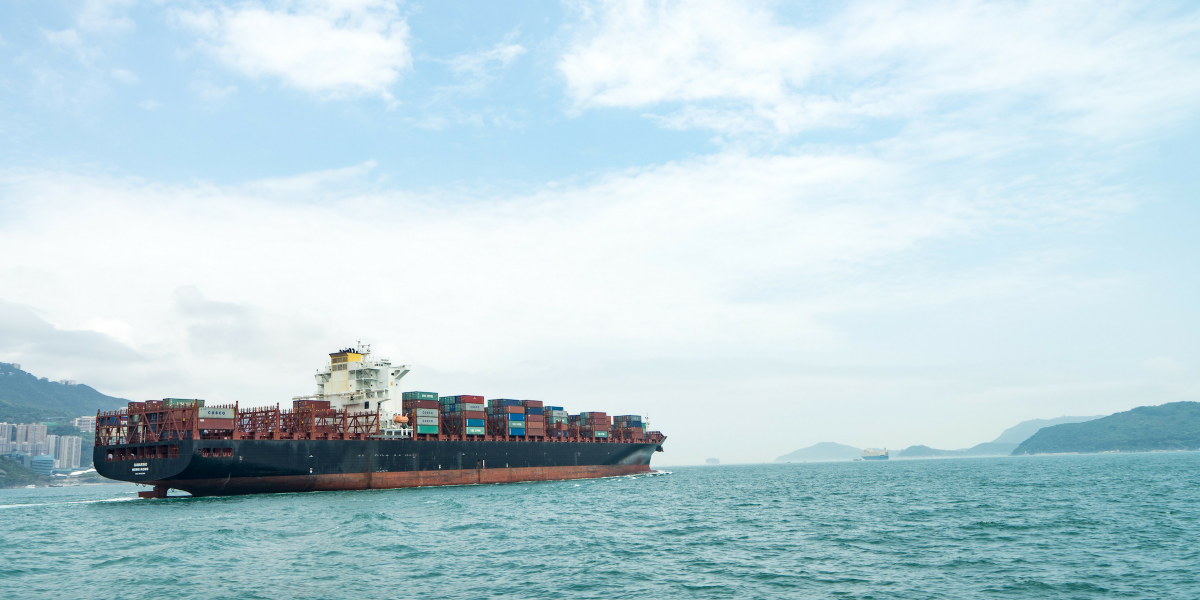Last year, the ripple effects from new tariffs on imports from China rocked warehouses and ports in America. At the Port of Los Angeles, for example, a sudden rush of shipments overloaded the local warehouse market. With the threat of more trade tensions on the horizon in 2019, shippers should optimize their supply chains now to minimize disruption.
But what are the best ways to prepare for an unclear future?
Read on for a brief overview of how trade tensions affected supply chains last year and a list of ways that you can use to prepare for potential disruption in 2019.
The Port of Los Angeles and trade disruption in 2018:
Last year, new tariffs caused direct and indirect problems for shippers. One obvious challenge was the added cost of importing many goods or products. Another obstacle came from strained supply chains, which we saw at the Port of Los Angeles over the summer.
Many retailers tried to move inventory to the United States earlier than normal to avoid impending tariffs, causing a massive influx of shipments. The local warehouse market (which already faced high demand) was unprepared to handle increased volume, and shippers had to go further inland to find vacant space. The end result was a logistical nightmare and raised transportation costs.
This example highlights the dangers of international trade tensions. Today, as the threat of future tariffs looms, shippers need to optimize their distribution networks ahead of time so they can reduce or eliminate future disruption.
How can you prepare?
The short answer is that shippers should maximize efficiency and flexibility so they can adapt to ongoing trade tensions and the threat of future tariffs.
In practice, here are five specific ways to to prepare.
1. Make sure that your network can increase volume quickly at every level
Trade tensions drive shippers to make swift adjustments to their inventory, causing ripple effects across their distribution networks. In the Los Angeles warehouse market, that meant limited warehouse availability and greater transportation costs. To avoid a similar logistics bottleneck, you’ll need to ensure that your supply chain can handle sudden shifts in volume, often on as little as a month’s notice.
On your end, that means communicating the need for flexibility to your logistics partners and choosing freight forwarders, warehouse providers, and ocean freight suppliers that can adjust volume quickly. New tariffs will still pose challenges to your supply chain if and when they arrive, but careful planning on the front end will minimize disruption when you need to quickly adjust.
2. Choose warehouse contracts that can scale up or down
Access to scalable storage space -- so you can quickly adjust shipments and total volume -- is essential to countering the threat of new tariffs. If you need to import more inventory on short notice, the ability to expand your warehouse footprint is vital. Without it, you’ll spend more time searching for vacant space (often leading to higher transportation fees).
It’s also important to look for warehouse partners that will let you quickly scale your footprint down if you need to reduce shipments. That means you should stay away from inflexible, long-term contracts that will charge high fees for vacant space. If you find yourself locked into these agreements now, or can’t find a flexible contract with a traditional provider, this may be the right time to look for newer, more innovative warehousing models.
3. Evaluate all of your options at the sourcing and manufacturing level
If you ship manufactured goods -- whether that means raw materials or finished products -- planning at the sourcing level will help reduce and offset the cost of new tariffs. Evaluate your production locations: it’s possible that something as drastic as moving manufacturing facilities is the best decision. Or maybe a simpler option, like importing more materials before a new tariff hits, is the right call.
You also need to study what competitors are doing. If everyone is trying to stockpile inventory at the same time, you might run into supply problems. By planning now, you can avoid being caught unprepared when it’s time for quick adjustments.
4. Prioritize inventory visibility across locations
The strategies above require knowing where your inventory is at all times. Without accurate information on shipments, storage locations, and delivery times, you can’t effectively scale your warehousing on short notice or plan a new sourcing strategy.
Inventory visibility makes choosing the right suppliers and providers even more important. Accurate data is one of the most important pieces of adapting to trade tensions. Without that information, you won’t be able to optimize your network either before or after new tariffs arrive.
5. Lean on your logistics partners and their expertise
As long as you’ve picked warehouse and freight partners you trust, you should rely on their expertise at critical moments. Providers who deal with international trade have seen tariffs before, and they may be able to offer precise suggestions tailored to your specific needs.
If you aren’t confident in your logistics partners, this may be a good time to re-evaluate these relationships. Trust is always important when you’re shipping and storing inventory, but it’s even more vital when you’re optimizing your network for disruption.
Last year, we saw how challenging trade tensions can be. As more uncertainty looms over the year ahead, forward-thinking shippers should move to optimize their networks now.
By following these suggestions, you can put yourself in the best position for whatever 2019 brings.



